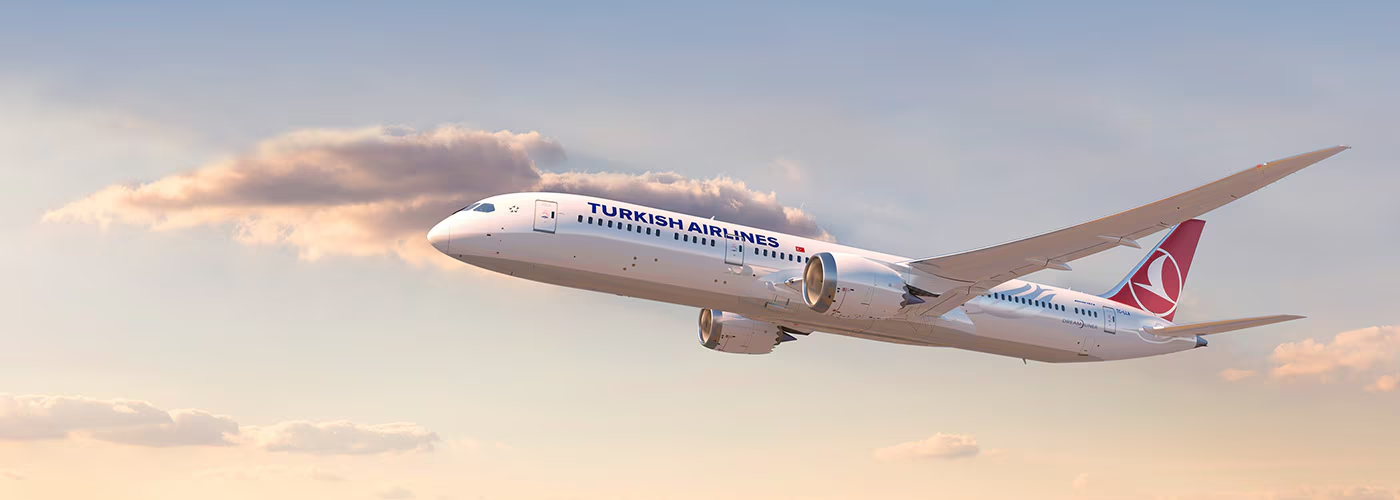Why do Airplanes Leave a White Trail of Smoke?
Is that a rocket or an aircraft? In most instances, it is an aircraft cruising between 28,000 – 45,000 feet in the air, with extremely low temperatures heading towards its scheduled destination. So, what is the white trailing smoke behind an aircraft – and should we be paying them more attention?

This white trailing smoke is called a contrail. Contrails, short for “condensation trails,” are narrow, visible lines or streaks that can be seen in the sky behind high-altitude aircraft, particularly in cold, humid conditions. Contrails are formed when hot, moist engine exhaust from aircraft condenses and freezes in the cold, dry upper atmosphere, creating a visible trail of ice crystals. The precise conditions required for contrail formation depend on several factors, including the temperature, humidity, and altitude of the aircraft, as well as the type of engine and fuel used. Contrails can vary in appearance depending on several factors, such as the altitude and speed of the aircraft, the atmospheric conditions, and the duration of the contrail. They can be short-lived, dissipate quickly, persist for longer periods, and spread out to form cirrus clouds. Multiple contrails from different aircraft can sometimes merge and form a larger cloud-like formation. While contrails are generally harmless, they can contribute to climate change by trapping heat in the atmosphere and contributing to the greenhouse effect. However, the extent of this impact is still being studied and debated by scientists.


The engine exhaust from aircraft contains a mixture of gases and particles, including water vapor, carbon dioxide, nitrogen oxides, and small amounts of sulfur and soot. When the hot exhaust gases are released into the cold upper atmosphere, the water vapor in the exhaust can quickly condense and freeze into ice crystals, forming a visible contrail. In addition to contrails, aircraft engine exhaust can also contribute to air pollution and climate change. The combustion of aviation fuel releases carbon dioxide and other greenhouse gases into the atmosphere, which can contribute to global warming. Aircraft engines also emit nitrogen oxides, which can contribute to the formation of ground-level ozone and other air pollutants that can harm human health and the environment. The aviation industry has developed more fuel-efficient engines and explored alternative fuels, such as biofuels and hydrogen, to mitigate the environmental impact of aircraft engine exhaust. In addition, air traffic management systems have been developed to optimize flight routes and reduce the amount of time that aircraft spend in the air, thereby reducing fuel consumption and emissions.

A 2013–2014 study jointly supported by NASA, the German aerospace center DLR, and Canada’s National Research Council NRC determined biofuels could reduce contrail generation. This reduction was explained by demonstrating that biofuels produce fewer soot particles, which are the nuclei around which the ice crystals form. The tests were performed by flying a DC-8 at cruising altitude with a sample-gathering aircraft flying in the trail. In these samples, the contrail-producing soot particle count was reduced by 50 to 70 percent, using a 50% blend of conventional Jet A1 fuel and HEFA (Hydroprocessed Esters and Fatty Acids) biofuel produced from camelina.
Sources
https://www.faa.gov/regulations_policies/policy_guidance/envir_policy/media/contrails.pdf
You might also like:
- Top 5 Advanced Fighter Aircrafts
- American Airlines Airbus A319 Diverts to Memphis After Engine Shutdown: An In-Depth Look
- Emirates Airbus A380 Returns to Casablanca Airport
- Flair Airlines 737 Captain Injured as Birdstrike Shatters Cockpit Window
- Boeing 737 Max: Latest Safety Measures and Airline Responses
Discover more from Aviation for Aviators
Subscribe to get the latest posts sent to your email.














Post Comment